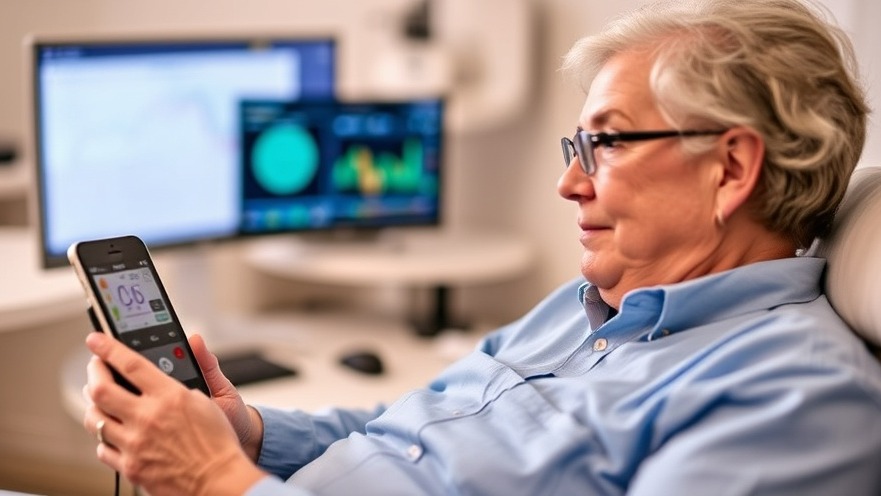
Understanding Remote Patient Monitoring: A Game Changer for Diabetes Care?
As we navigate the complex terrain of healthcare innovation, remote patient monitoring (RPM) stands out, particularly for chronic diseases like diabetes. By enabling patients to measure and send their blood sugar readings to healthcare providers, RPM has the potential to revolutionize diabetes management. But does it truly enhance patient outcomes? Caroline Pearson, Executive Director of the Peterson Center on Healthcare, sheds light on this through the analysis of evolving remote monitoring technologies.
The Rise of Remote Patient Monitoring Technologies
In recent years, remote patient monitoring has been touted as a transformative solution in chronic disease management, prompting a significant shift in how healthcare is delivered. For patients with diabetes, technologies have advanced to the point where blood glucose levels can be monitored in real-time and shared instantly with healthcare providers. This technology offers patients the fundamental ability to take control of their health while simultaneously alleviating some administrative burdens from medical professionals.
Examining the Evidence: Is RPM Effective?
Despite the promising advantages, the effectiveness of RPM in improving health outcomes is nuanced. According to Pearson, not all patients benefit equally from such technologies. The report “Evolving Remote Monitoring: An Evidence-Based Approach to Coverage and Payment” investigates this phenomenon. Key findings indicate that while RPM can lead to better data collection and can support some patients, others may find themselves overwhelmed with technology, which could impact their overall health management negatively.
Making the Financial Case for RPM
For concierge medical practices, understanding the financial implications of integrating RPM into their services is crucial. RPM can create a dual revenue stream through billing for remote services and enhancing patient retention rates. Providing these technologies can also differentiate practices in an increasingly competitive market. With potential reimbursement from Medicare and other insurers, utilizing RPM might prove to be an investment that bolsters the practice's bottom line.
Challenges in Implementation: The Human Element
Adopting any new technology comes with its challenges. Practices must consider the human element – not just for the patients but for the staff as well. Training employees to effectively communicate the benefits of RPM to patients is essential. Moreover, patients must feel comfortable and confident in using the technology. Addressing these concerns can lead to smoother implementation and greater patient adherence.
Looking Ahead: Future Trends in RPM and Diabetes Care
The future landscape of healthcare is witnessing rapid changes, especially with the expansion of telehealth. It is predicted that by 2026, up to 30% of U.S. medical care could be virtual. This shift emphasizes the need for modern practices to adopt remote monitoring technologies proactively. Those practices that embrace RPM will likely lead the field in patient satisfaction and engagement.
Conclusion: Staying Ahead in Concierge Medicine
For concierge medical practices aiming to optimize patient care and enhance business operations, understanding and integrating remote patient monitoring is critical. As technologies continue to evolve, the ability to effectively leverage them will set successful practices apart in a competitive landscape. Ultimately, the goal is not just to adopt new technologies, but to ensure they align with patient needs and contribute to better health outcomes.
As your practice considers RPM, inquire about available technologies, assess your patients’ needs, and evaluate how this trend can enhance your offerings while positively impacting your practice's financial health.
 Add Row
Add Row  Add
Add 




Write A Comment